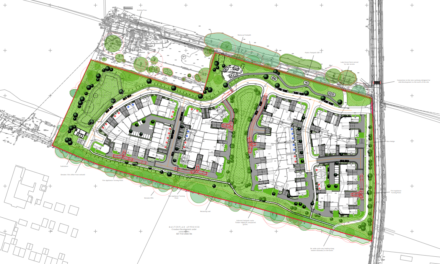Natural capital is gaining increasing traction as a theory and a practice influencing how land is managed in the UK. At the same time the planning system is heading towards a reform that will modernise processes to meet shifting economic and social needs, while improving outcomes for design and sustainability. David Bainbridge, a director in the planning team at Savills Oxford, explores how net gain in biodiversity offers a welcome opportunity for the planning system – but not without challenge.
Mandated as a condition of planning permission through the 2019 Environment Bill, biodiversity net gain (BNG) is a principle requiring a 10 per cent increase in biodiversity after development, compared to the level of biodiversity prior to the development taking place.
Now that the National Planning Policy Framework (NPPF) includes compulsory BNG it offers significant new income streams for landowners and managers.
In order to understand the potential implications of BNG Savills rural research team modelled how the principle would be applied across the proposed Oxford – Cambridge arc development. Without BNG, 35,000 hectares of existing agricultural land could be required for the delivery of one million new homes, which is about three per cent of the existing rural area in the arc.
In August 2020, the Planning for the Future white paper further highlighted the demand for developers to meet biodiversity targets saying: “The planning system is central to our most important national challenges: tackling head on the shortage of beautiful, high quality homes and places where people want to live and work; combating climate change; improving biodiversity; supporting sustainable growth in all parts of the country and rebalancing our economy; delivering opportunities for the construction sector.”
Set out under three pillars, consultation is due to complete at the end of October and seeks to review how development is planned, bring a new focus to design and sustainability and reform how infrastructure associated with development is delivered. It proposes long-term structural changes to the planning system rather than more immediate amendments to existing processes.
While not yet mandatory, BNG is already adopted by various local planning authorities and developers. The principle is set to be included in local plans, explained in supplementary planning guidance and planned for at the outset of development reducing the potential for shortfalls in site planning such as insufficient green space and water features.
The NPPF places the responsibility on local planning authorities and allows them to determine how the net gain is assessed and enforced within their respective jurisdiction.
Planning applications submitted will need to consider BNG and developers should make sure their submissions acknowledge the impact of their proposals on the biodiversity of the land impacted. Identifying a suitable response will be fundamental to preventing BNG being seen as a barrier to delivery.
The emerging BNG market has significant potential, which should lead to a win-win for both biodiversity restoration and greener planning, but there are some uncertainties such as from where advice for habitat enhancement will come, how projects will be accredited and monitored, or how offset compensation will be paid.
However, pilot projects are overcoming these challenges on a case by case basis and site specific solutions are being preferred over a blanket approach.
© Thames Tap No 226 (powered by ukpropertyforums.com).
Please rate this article out of five stars below. You can comment too, using the form at the bottom of the page.


















